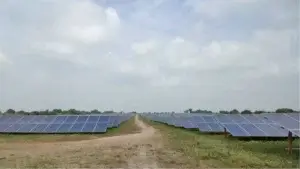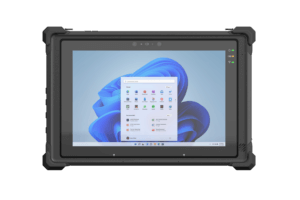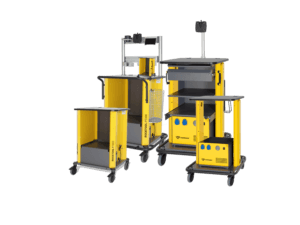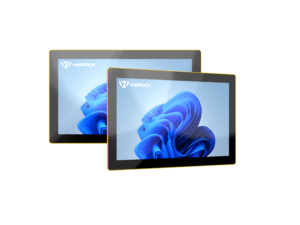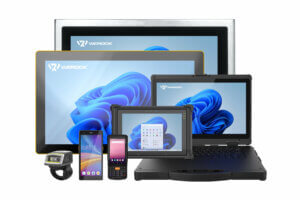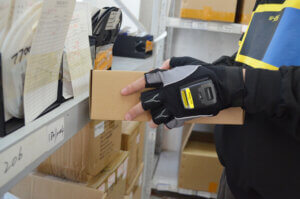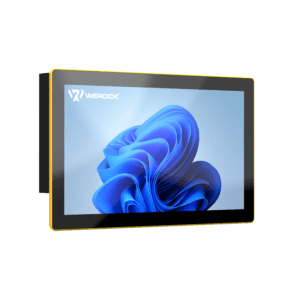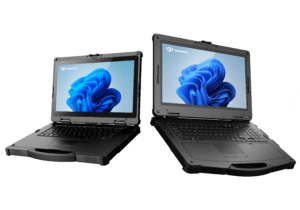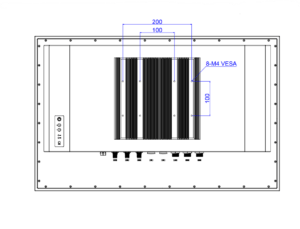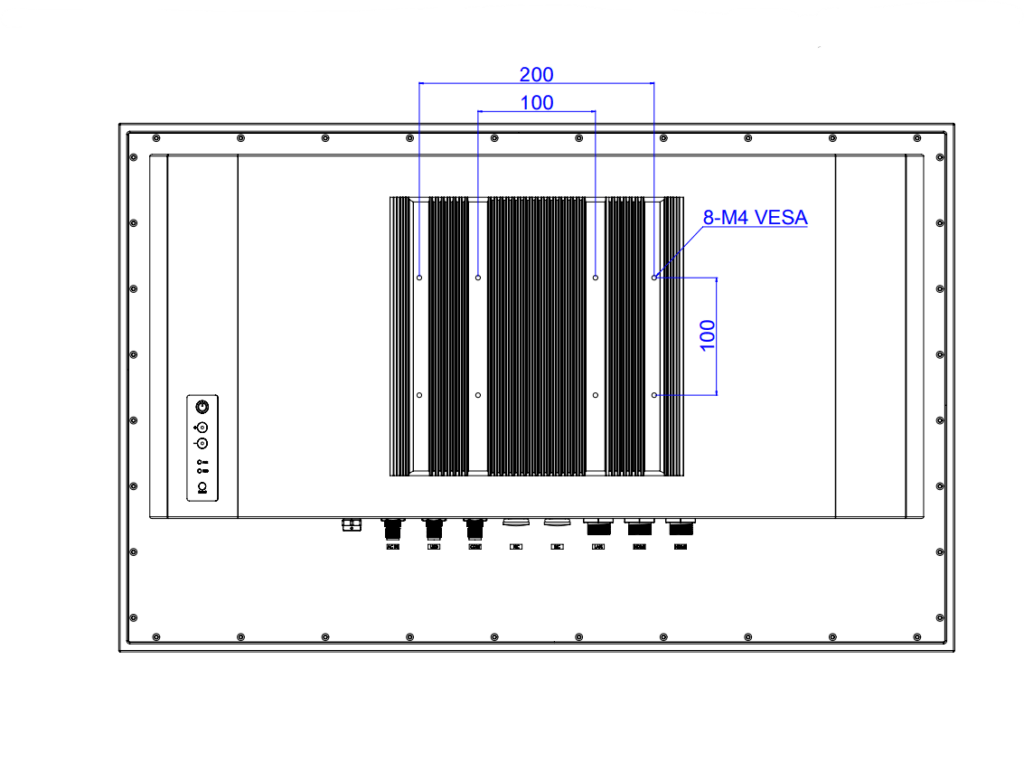Mounting screens and panel PCs in industrial environments requires specialized solutions that are both secure and efficient. In this in-depth blog post, we’ll highlight the various mounting options available in industry, with a particular focus on VESA standards, which serve as the basis for most screen mounts. We will also discuss other mounting options such as support arm mounting and ceiling mounting to help you choose the right solution for your needs.
VESA standards: An overview
Over the years, the VESA standard has become an important standard for mounting screens and monitors. Originally founded by over 150 companies to define video standards, VESA played a crucial role in the development of flat panel displays and their associated mounting standards.

The popularity of VESA standards is closely linked to the rise of TFT and LCD screens. Thanks to these flat screens, there was a desire to mount them directly on walls instead of placing them in cabinet walls. This change has led to the adoption of certain VESA standards in the industry as well. In addition to computer monitors, almost all televisions and display manufacturers now rely on a VESA mounting option. WEROCK is no exception.
Video Electronics Standards Association
The abbreviation “VESA” stands for “Video Electronics Standards Association.” Originally, this organization was formed to develop video standards, including computer graphics. One of its first tasks was to ensure that displays could understand what the computer wanted to display. For example, VESA is also responsible for defining the DisplayPort standard. With the introduction of flat panel displays came VESA standards for mounting them in various locations.
Which VESA standard is suitable for what?
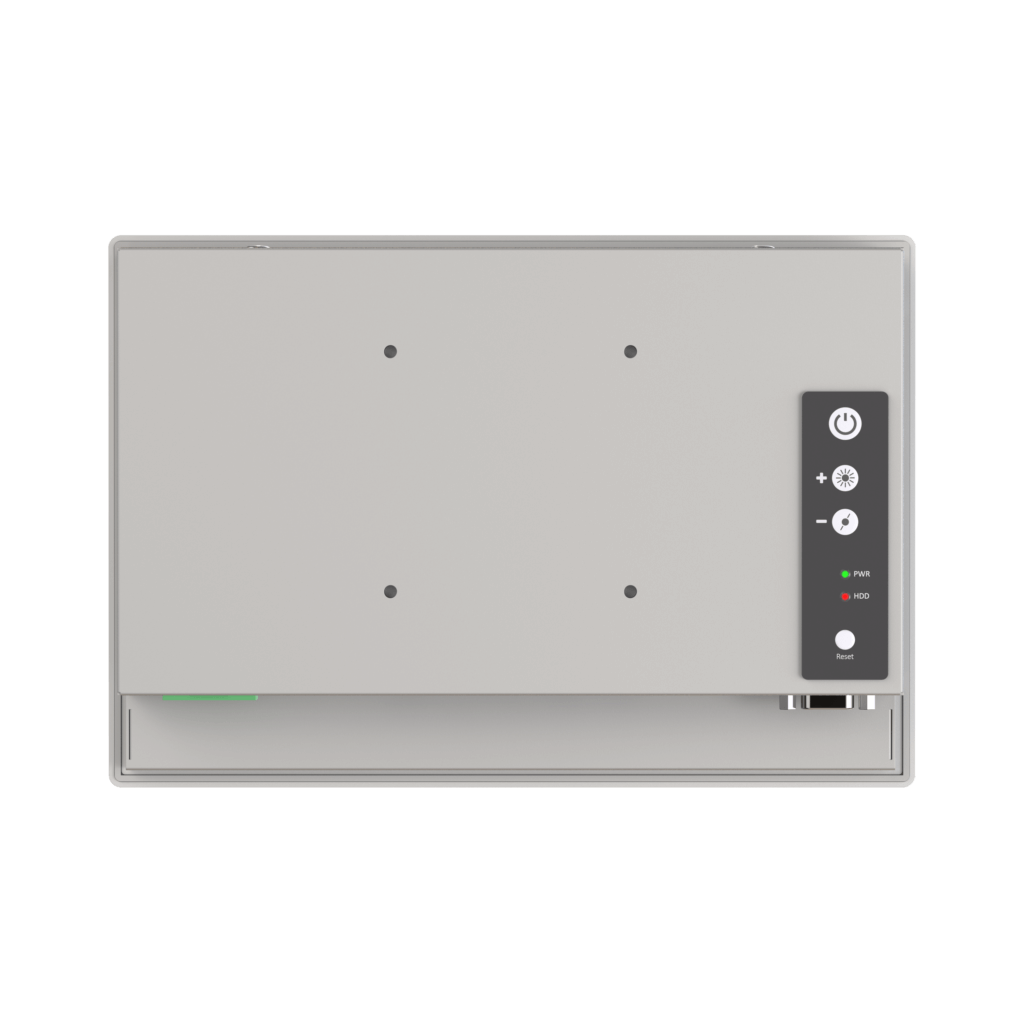
Choosing the right VESA standard depends on several factors, including the size of your display and weight, especially for industrial panel PCs. The numbers in the VESA standards indicate the horizontal and vertical distance between the mounting holes or threads. For example, VESA 100 means that there are four holes or threads in a square on the mount, and the distance from the center of one thread to the next is always 100 millimeters.
While VESA standards provide some flexibility to mount different screen sizes and types, it is important to consider that some industrial panel PCs exceed standard specifications due to their size and weight. Especially in industrial applications, additional support and stability must be provided to support the increased weight.
Known industry standards - VESA 75 and VESA 100
Two VESA standards in particular are frequently used in industry: VESA 75 and VESA 100. These standards offer rugged mounting solutions that are specifically tailored to the needs of industrial applications. In many solutions, the VESA mounting points are located directly on the housing of the panel PC to ensure reliable and stable mounting. However, there are also variants where the bracket is mounted on the passive cooler of the PC, which is a practical solution if the cooler is mounted on the outside of the panel PC. Depending on the heat development, additional spacers should be used here if necessary to ensure that the cooling continues to work efficiently.
In addition, it should be noted that VESA 75 and VESA 100 are ideal for rugged tablet mounts, for example in vehicles. These compact VESA standards enable secure and flexible mounting of tablets in vehicles and other mobile applications, meeting the needs of industry and logistics.
Other mounting forms
Apart from the VESA standards, there are also other mounting forms that can be used in industrial environments and are particularly suitable for heavier devices:
- Support arm mounting: Support arms provide flexibility and allow screens and industrial panel PCs to be positioned at different heights and angles. This is especially useful in applications where viewing angle or ergonomics are important. For heavy industrial panel PCs, it is important to choose support arms with high load-bearing capacity.
- Ceiling mount: Ceiling mount is an efficient solution to mount screens and heavy industrial panel PCs in environments with limited space. It provides stability and better space utilization.
Conclusion
Choosing the right mounting solution for your industrial screens and heavy industrial panel PCs is critical to the efficiency and safety of your applications. Consideration of VESA standards, weight and other requirements of your application is paramount.
At WEROCK, we offer a wide portfolio of mounting solutions that meet the VESA standard and also offer customized solutions for your individual requirements. We work with a wide range of mounting solution specialists to provide you with the optimal solution. Contact us today for advice and to find the right mounting solution for your industrial screens and heavy industrial panel PCs. We will be happy to assist you.
With the right mounting solution, you can maximize the performance of your industrial screens, manage the increased weight of industrial panel PCs, and ensure they can be used effectively in any environment,
